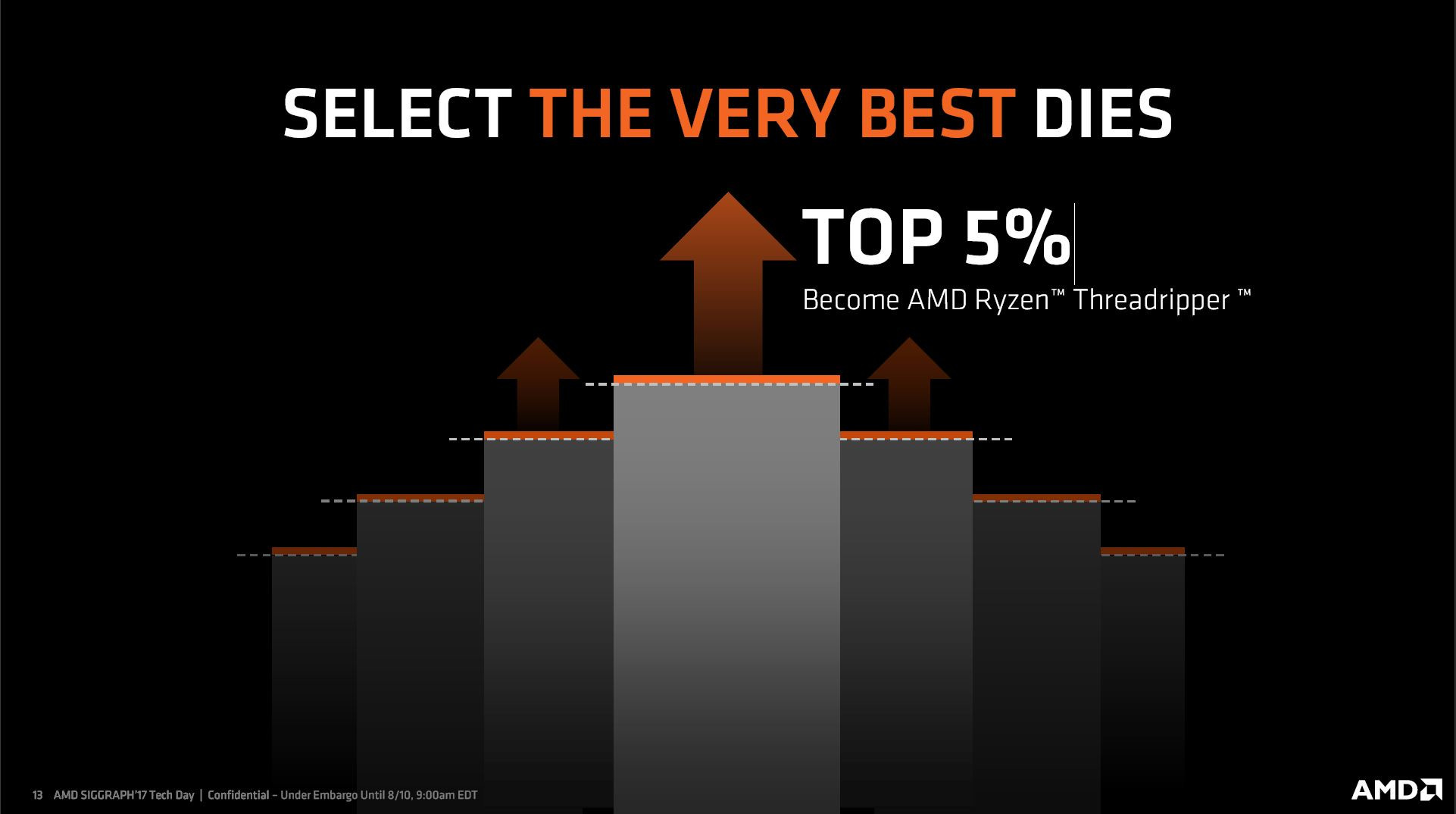A big problem, as sebbbi already explained, is the lack of mainstream software that really makes use of all those cores - and yet AMD and Intel continue to push those platforms for the "enthusiast" segment. Defying all the marketing about creative professionals, you can clearly see it in the obligatory "bling bling" the X299 and X399 motherboards come with. You barely can get a board for the workstation marked, trimmed for efficiency.
That said, consumer software for real world application really is challenged with 16 Cores. Take 7-Zip for example. The integrated benchmark lets me choose up to twice the amount of (virtual) threads my system is capable of - in my personal rig, that would be 16 threads total I can choose having a SMT-enabled Quadcore. Now, with a TR1950X, I can go to 64 threads in benchmark mode. Very nice! But for real world packing, my limit is 32. Not twice the amount I was expecting or led to believe there is with the benchmark mode. Especially sad, because for normal operation, ultra-compression with LZMA2 mostly runs faster if you oversubscribe threads - I've found 1,5× virtual threads to be a good measure. With 7-Zip, that get's me 85% CPU-load on a TR 19
20X. Now why use 7-Zip? Winrar 5.50 (august `17) for example gives me a larger archive as well as only 30-60% CPU load.

NUMA-mode here is actually one example I found to be counter-productive with significantly longer compression time.
Another example why Threadripper is a daring move and maybe too much ahead of it's time in the consumer space is RAW image conversion. Now Lightroom 5 - which is the last non-clouded version many professionals still are using because they don't want the cloud - scales not very good with more than 8 cores. Capture One Pro 10 however uses even 32 threads on a TR1950X - but, insert sadface, it also has OpenCL acceleration available, which speeds up RAW conversion batches by a large amount, depending on your GPU of course.
So, for normal operation, 8 cores is more than enough already and for jobs than can effectively be parallelized, even 16 CPU cores are usually inferior to using the GPU via Open CL in the first place. That puts the use cases for home applications into a very tight spot IMHO - the same is/will be true of course for Intels i9-lineup.


